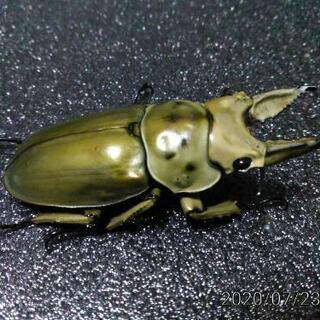
新入荷再入荷
ハイエースワゴンGL ベッドキット&センターテーブル
 タイムセール
タイムセール
終了まで
00
00
00
999円以上お買上げで送料無料(※)
999円以上お買上げで代引き手数料無料
999円以上お買上げで代引き手数料無料
通販と店舗では販売価格や税表示が異なる場合がございます。また店頭ではすでに品切れの場合もございます。予めご了承ください。
商品詳細情報
| 管理番号 | 新品 :30711948 | 発売日 | 2024/03/07 | 定価 | 50,000円 | 型番 | 30711948 | ||
|---|---|---|---|---|---|---|---|---|---|
| カテゴリ | |||||||||






















![パイネ PAINE L-LINE 12 SO ライトラインテント外張1-2 [アウトドア テント小物]](https://image.yodobashi.com/product/100/000/001/004/588/767/100000001004588767_10204.jpg)





